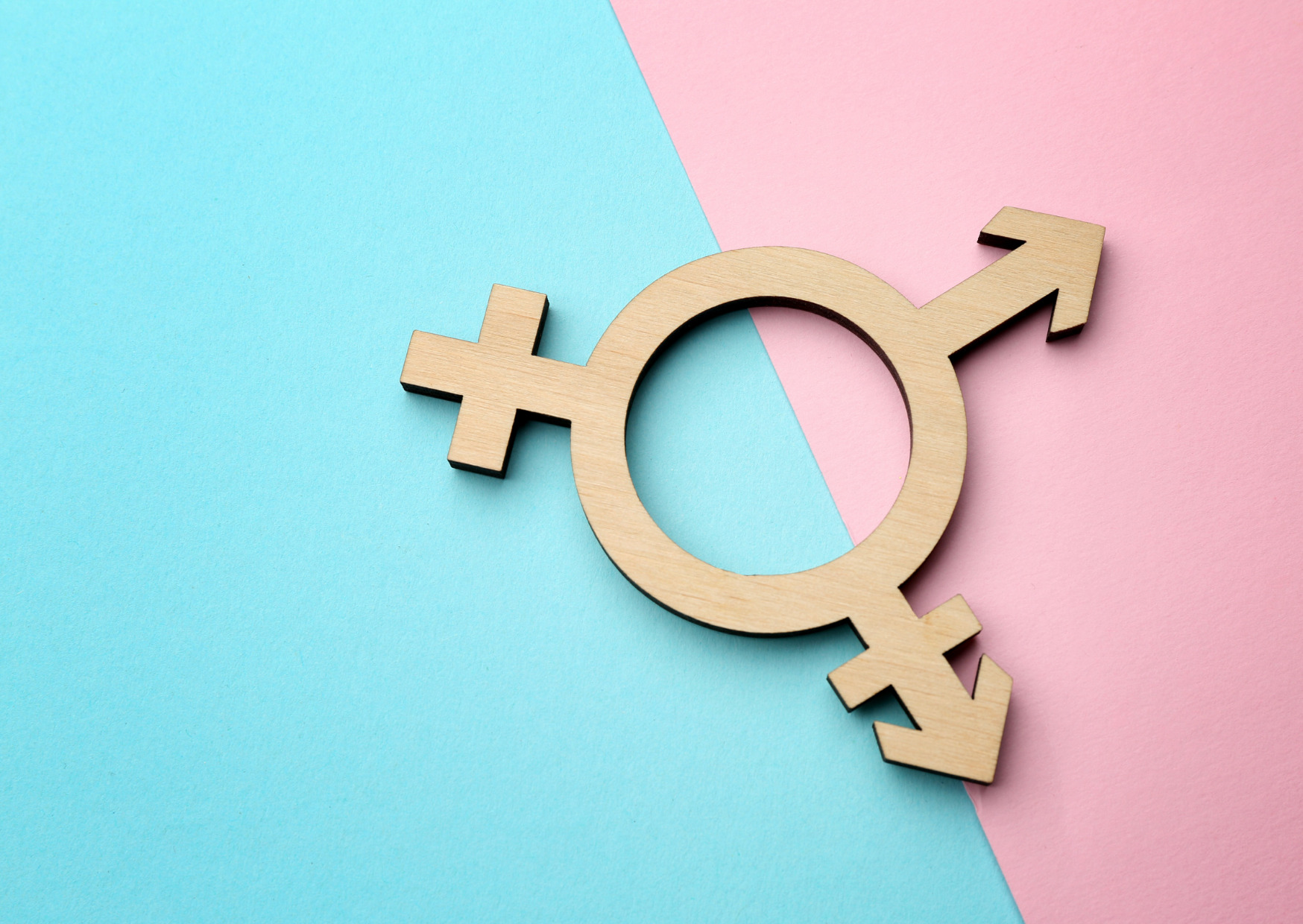Colors are my tools, my voice. As an artist, I use them to bring my visions to life. They help me express my feelings and thoughts. But colors are not just important to artists. They affect all of us in many ways, from the way we dress to the way we decorate our homes. They speak to us on a deep level.
Colors have a symbolic and psychological meaning that is often subtle, yet powerful. In this blog article, I will dive deeper into the meaning of colors. How do they influence our perception? How have colors been used throughout history and in different cultures? Join me on a journey through the world of colors and their meaning!
Definition color theory: The art of colors
Color theory is a scientific discipline concerned with the study of color and its perception. It is concerned with the physical properties of light and color, the psychological and emotional effects of color on people, and the cultural and historical meanings of color in different societies. The goal of color theory is to gain a comprehensive understanding of the meaning and effect of color and to apply this knowledge to various fields such as art, design, advertising, architecture, and psychology.
Color symbolism in our biology: run away or copulate?
The meaning of color is deeply rooted in our brain and has a biological origin. Colors have always played an important role in our survival. For example, they warn us of danger or calm us down. The color red is often used as a signal color for danger, threat or warning. Biologically, this has to do with the fact that the perception of red can trigger a quick reaction in our body. Red activates the autonomic nervous system and makes us act quickly.
This is because our ancestors were often confronted with "red" dangers in nature (reddish predators, reptiles, poisonous beetles, poisonous mushrooms or berries). By reacting quickly to the color red, our bodies were able to respond to these threats and protect us from danger. This response continues to this day, even though we are less likely to face such dangers today. Red is the first spectrum of light we perceive as children and therefore has a deep connection to our instincts and survival mechanisms.
Green and blue, on the other hand, signal to us that something is safe or harmless. In nature, these colors are often associated with calm, peaceful or harmonious scenes, such as a blue sky on a sunny day or green meadows swaying in the wind. They also have a cooling effect, which is perceived as refreshing and calming. Psychologically, these colors can also positively influence our emotions and reduce stress by providing a sense of relaxation and calm.

In nature, color is also used for food identification, orientation and communication. Plants produce pigments, such as anthocyanins, that not only give them color, but can also protect them from insect predators and UV radiation. Some plants also use color to attract pollinators, producing bright colors such as yellow or orange that attract insects.
Animals also use color to signal mating readiness, for example, or to change color to camouflage themselves. Overall, colors serve an important function in nature. We humans also instinctively understand colors and their meaning. This effect of color occurs on a deeper level and is universal.
Colorful and colorful are not always the same: How different cultures perceive color
However, the way different cultures perceive and interpret colors can vary widely and depends on many factors, including cultural and historical background, environment, and geography. For example, the meaning of colors may be different in a desert culture than in a culture that lives in a green landscape. Faith, religion, or spiritual beliefs also often play a role in color interpretation.
However, if you look a little deeper, the difference is often not in what we see in a color, but in what conclusion we draw from it. The colors of mourning are a good example of this.
The colors of mourning and their cultural meaning
In Western cultures, black is the color of mourning. There is a practical reason for this. Dyeing textiles uniformly black used to be difficult - and expensive. Before the discovery of synthetic dyes in the mid-19th century, natural plant and animal dyes were used to dye fabrics. Deep black dyeing was only possible with the eggs of gall wasps. However, these were only found in certain regions and therefore had to be imported from Eastern Europe, the Middle East or North Africa.
Wearing black was a way of showing how much one cared for the deceased. Black is also the color of wisdom, power, and respect (hence the black robes worn by judges). There are other reasons to honor the deceased by wearing black. In other cultures, black also represents majesty, authority, and wisdom. However, mourning is often expressed differently.
For example, in Asian cultures, white is often the color of mourning. Like us, white is seen as the color of purity and new beginnings. And death is seen as a transition to a new life. So when a person dies in this culture, white clothing is traditionally worn to help with the transition and to wish the deceased peace and purity on their journey.
In various cultures in North Africa and the Middle East, blue is the color of mourning. In Western cultures, blue is also associated with melancholy and loneliness. People say "I'm feeling blue" when they are sad, and blues melodies are often slow and melancholy. The color blue can also be associated with water, which often represents a link between life and death. Blue also conveys a sense of distance and absence, which can also express sadness.
Holi, the festival of colors
In many cultures, colors play an important role in rituals and celebrations of traditions, not only in mourning. One of the most famous festivals that celebrates the importance of color is Holi, the festival of colors. This Indian festival is known for its colorful celebrations that encourage people to express their joy and love through color.

It is celebrated every year in spring and marks the end of winter. During the festival, people sprinkle each other with colored powder and water, throw water balloons, and celebrate wildly.
The roots of the festival lie deep in Hindu mythology. The story goes that the demon king Hiranyakashipu tried to kill his son Prahlada for worshipping the god Vishnu. But Prahlada survived, and Hiranyakashipu was killed by Vishnu. People celebrate Holi to celebrate the victory of good over evil.
The colors used during the festival also have deep symbolic meaning. Red represents love and passion, blue represents the god Krishna, and yellow represents fertility and joy. The use of colors during the festival is meant to symbolize joy, unity and friendship, and also to show that all people are equal, regardless of gender, race or social status. Holi is a festival of joy that brings together people from all walks of life.
Changing color perceptions: Meaning in the eye of the beholder
Colors often have different meanings and connotations over time. This may be due to changing environmental influences and circumstances. In the 18th century, arsenic was used as a component of green paint, which was widely used in painting, wallpapering and textile dyeing. Copper arsenite, also known as Schweinfurt green or Paris green, had an intense green color and was easy to work with.
However, the use of arsenic in dye production had serious health consequences. Workers in the factories were poisoned and even died. Cases of arsenic poisoning have even been reported in people who lived with green wallpaper in their homes and inhaled the toxic fumes. As a result, the use of arsenic in paint manufacturing and other industries was eventually restricted or banned altogether in the 19th century. Nevertheless, green has been the color of poison ever since.

Today, pink is associated with romance and femininity. It is the quintessential girl's color. But as late as 1918, the Ladies' Home Journal reported, "The generally accepted rule is pink for boys and blue for girls. The reason is that pink, being a more decided and vigorous color, suits boys better, while blue, being more delicate and graceful, looks prettier on girls."
Pink was the muted version of red, a color traditionally considered masculine. It wasn't until the 1940s that the meaning of pink began to change. There were two main reasons for this. First, blue, which had been considered more feminine because of its association with the Virgin Mary, was "masculinized" by the blue work clothes worn by sailors and laborers.
The second reason is worse, because it is due to the Nazi regime. Men accused of homosexuality were sent to concentration camps where they were forced to wear a pink triangle. This branded the color as "effeminate."
When the first Barbie dolls came out in pink packaging in the early 1960s, pink was an inescapable color for girls.
About symbolism of gods, heraldry and heraldry: colors as an expression of power
Colors have played an important role since ancient times. In both Greek and Roman culture, certain colors represented certain gods and goddesses. The colors symbolized the powers of the gods, and colors could be assigned more than once. Red, for example, represented the goddesses of love and beauty - Aphrodite (Greek) and Venus (Roman) - and the gods of war - Ares (Greek) and Mars (Roman). Red is the color of blood and symbolizes passion and anger.
In the Middle Ages, colors played an important role in heraldry, the science of coats of arms and armorial bearings. Every noble title and family name had its own coat of arms, and the colors and symbols on the coat of arms represented certain qualities. Here, red represented bravery and strength, while green represented hope and youthfulness.
Religions also use colors to express their beliefs. The Catholic Church used a variety of colors, each with a specific meaning. For example, blue represented the Virgin Mary, while gold represented the sun and the light of Christ. Red (the blood of Christ) and white (purity) together represent Christianity itself.
In many religions, colors play an important role and have specific meanings. Here are some examples:
- In Hinduism, red and yellow represent opulence and purity, while white is the color of death and mourning.
- In Buddhism, orange symbolizes enlightenment, while blue represents the desire for peace and serenity.
- In Islam, green is a sacred color associated with the Prophet Muhammad.
- In Judaism, blue is the most commonly used color in religious art because it is associated with God.
- In Sikhism, orange represents community and togetherness, while blue represents spiritual aspiration.
Colors are also important in politics. The use of color as symbolism and to identify political parties or movements dates back to the 19th century and is still an integral part of political culture today.
A well-known example is the use of red as a symbol of the labor movement and socialists. Red represents solidarity, equality, and fighting spirit. The color was first used by the Paris Commune in 1871 as a symbol of the revolutionary labor movement. Since then, many parties and organizations with a social focus have adopted red in their symbolism, such as the SPD in Germany or the Labour Party in the United Kingdom.
Blue, on the other hand, is often associated with conservative or right-wing parties. It represents stability, security and traditionalism. Many countries have parties with blue symbolism, such as the Conservative Party in the UK.
Green is often associated with environmental and left-wing parties. It stands for environmentalism, sustainability and social justice. Black is often used by conservative parties to express strength and authority. Other colors such as yellow (e.g., FDP in Germany), orange (e.g., protest movements in Ukraine), or purple (e.g., women's movements) also have political meanings and represent certain values or goals.
However, the use of color in politics can also be problematic when it leads to confrontation and polarization. In some countries, political colors have even been used as a cause for violence and confrontation. Nevertheless, the use of color as symbolism and identification of political currents remains an important part of political culture.
Colors and their meaning
Each color has its own specific meanings and effects. These can be quite ambivalent. Each color has both positive and negative properties, and its effect on us can change depending on its mixture, saturation, shading, coloration, or combination with other colors.
This is especially true of mixed colors. Green, for example, is a mixture of the freshness of money and the serenity of blue. As a result, green is considered a balanced color. However, the more yellow in the green, the fresher it appears; the more blue in the green, the more calming it appears. Of course, everyone has their own color preferences and reacts differently to colors depending on their mood.
Red
Positive meanings: Love, warmth, passion, assertiveness, sexuality, power, strength, dynamism, beauty, solemnity, happiness, wealth, attention, romance.
Negative meanings: Anger, aggression, danger, fire, blood, sin, shame, devil, prohibition, hatred, war
Effect: Red increases activity and makes us more attentive. The color has an energizing, stimulating and warming effect. It also stimulates the appetite.
Blue
Positive meanings: Harmony, trust, loyalty, communication, vastness, constancy, reliability, sky, sea, freedom, gentle, sincerity, patience, order, the unconscious, depth, silence, sensitivity, calmness, sympathy, clarity, productivity, prudence, objectivity, neutrality
Negative meanings: Sadness, depression, coldness, melancholy, predictability, controlling, aloofness, gloominess, unreal, contourless, introversion, withdrawal, inaccessible
Effect: Blue has a calming and nostalgic effect. The color can help to relieve stress and relax. It helps with nervousness and insomnia.
Yellow
Positive meanings: Joy, hope, spontaneity, smile, sun, positivity, vivacity, creativity, energy, playfulness, intellect, light, divinity, radiance, charisma, insight, zest for life.
Negative meanings: Caution, warning, envy, greed, untruth, envy, betrayal, insanity, avarice, shame.
Effect: Yellow gives a friendly and cheerful mood. The color stimulates the joy of communication, inspires the spirit and increases the ability to concentrate. Yellow is visible from afar and captures our attention.
Green
Positive meanings: Naturalness, growth, balance, harmony, renewal, connectedness, sustainability, reason, intuition, fertility, good nature, relaxation, hope, spring, forest, calm, biological, prosperity, vitality, happiness.
Negative meanings: Poison, excess, immaturity, corruption, "color of money".
Effect: Light green refreshes, whereas dark green calms. Green signals us "All is well" and has a natural and healthy effect on us.
Orange
Positive meanings: Activity, energy, freshness, youthfulness, vitamin-rich, adventure, fun, sociability, inspiration, enthusiasm, light, liveliness, open-mindedness, warmth, individuality, self-confidence, courage, optimism, sunrise.
Negative meanings: Curiosity, loud, annoying, pushy, unconformity, fear, arrogance, restlessness, cheap.
Effect: Orange is mood-lifting, stimulating and invigorating. It can stimulate curiosity and promote self-confidence.
Purple
Positive meanings: Humility, introspection, virtue, modesty, complex, complex, mystical, supernatural, precious, power, dignity, fascination, luxury, grandeur, imagination, spirituality, majestic, noble.
Negative meanings: Penance, complicated, frustration, tense, diffuse, opulence, mysterious, extravagance, farewell, sentimentality, absorption, cynicism, megalomania, magic.
Effect: Purple is calming and at the same time can promote concentration. It can have a nostalgic effect and dreamy.
Pink
Positive meanings: Femininity, gentleness, romance, innocence, purity, sensuality, childhood, elegance, playful, lightness, compassion, caring, love, understanding, loving, intimate, thoughtful, virtue.
Negative meanings: cute, overexcited, low willpower, immaturity, dependence, pushy, flashy, naivety, fragility.
Effect: Pink calms, soothes, inspires and cheers up.
Brown
Positive meanings: Tranquility, constancy, nature, steadfastness, organic, fertility, chocolate, enjoyment, neutrality, reliability, authenticity, usefulness, earthy, comfort, security, honest, discreet, robust.
Negative meanings: Mediocrity, conservative, poverty, staid, dark, stifling, predictable, plain, dirty, boring.
Effect: Brown has a calming and reliable effect. It makes us feel comfortable.
Colors as tools: manipulation and influence
Whether consciously or subconsciously, we all have an idea of what certain colors mean and how they affect us. And we use them to influence our mood or express our personality. We decorate with colors that make us feel good, choose calming colors for the bedroom and stimulating colors for the study. And we may wear yellow on days when we need to be cheered up.
But companies and advertisers also use the effects of color specifically to promote their products or services and influence consumer perceptions. Being aware of this manipulation can help us make better purchasing decisions.
What colors do you prefer in your home or closet? Have you ever consciously used the effects of color to influence your mood or charisma? Or have you noticed how certain colors attract or repel you?
I look forward to hearing your comments and learning more about how color affects your life.
